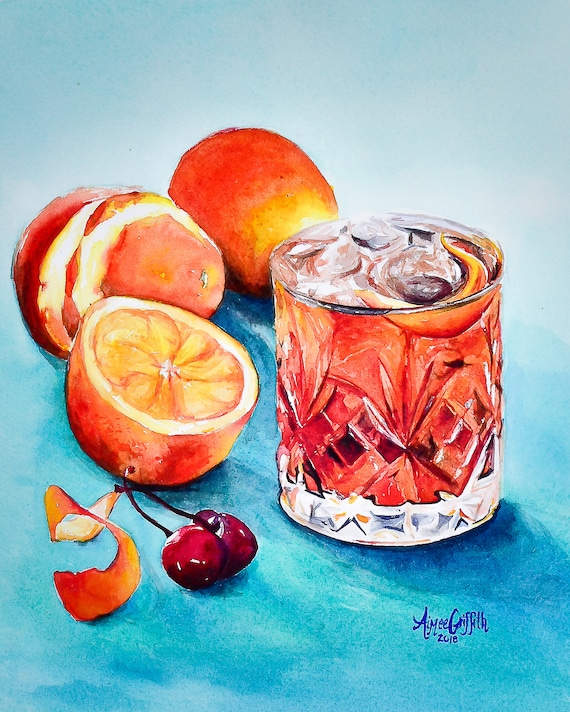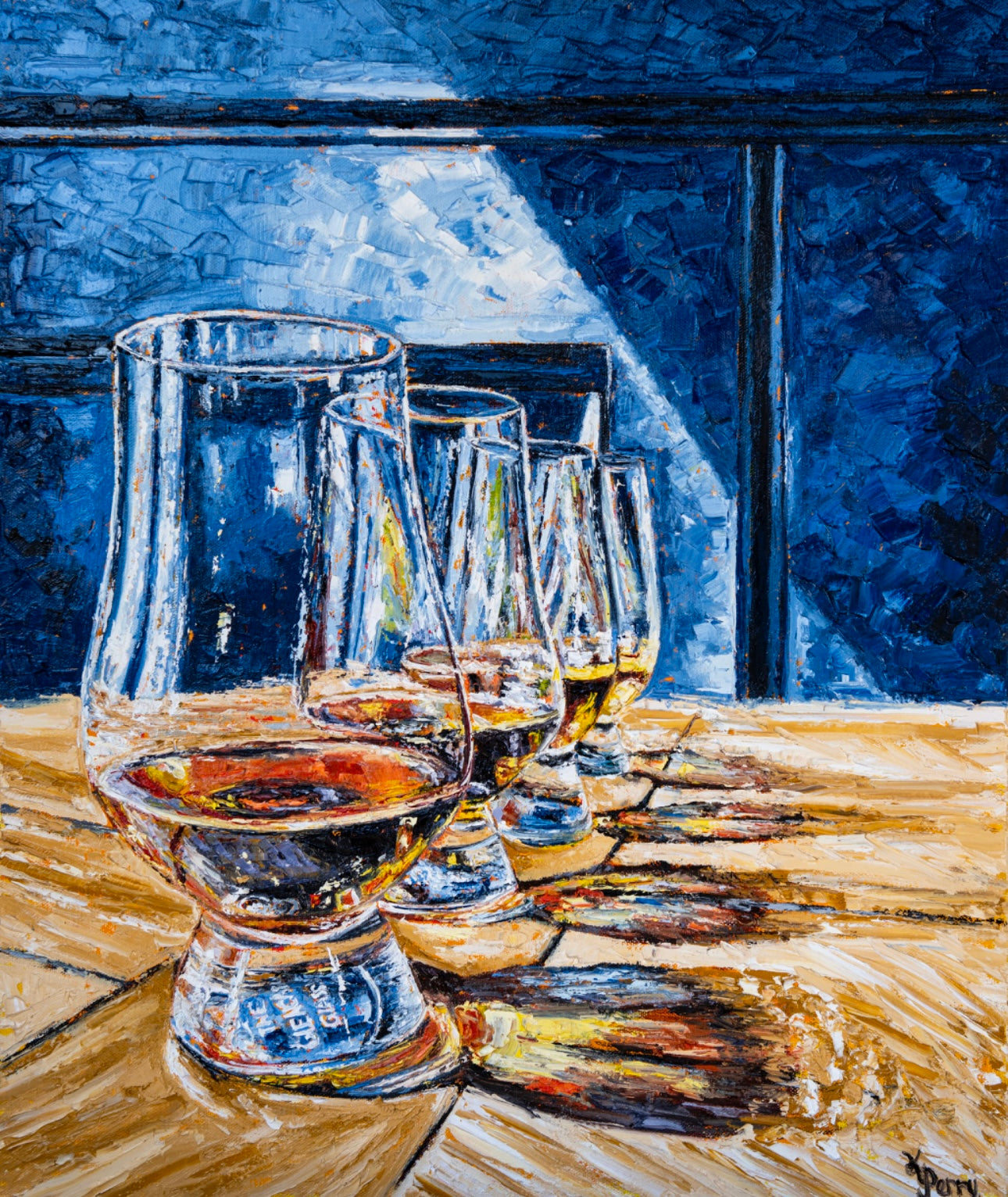Realism Art in the Whiskey Market: Showing Moments of Distillation
Realism Art in the Whiskey Market: Showing Moments of Distillation
Blog Article
The Significance of Whiskey Art in Celebrating Heritage and Workmanship in the Beverage Industry
The complex connection between whiskey art and the celebration of heritage and workmanship within the beverage market can not be overstated. Through attentively made tags and bottles, bourbon brands envelop their historic roots and the artisanal abilities that specify their manufacturing techniques. This imaginative dimension not only boosts market allure but also serves as a channel for cultural storytelling, fostering a much deeper link in between the customer and the craft. As we discover the various elements of this subject, intriguing questions about the effect of contemporary fads on typical methods arise, triggering additional assessment.
The Historic Roots of Whiskey
At the heart of scotch's appeal lies an abundant tapestry of historic origins that trace back to ancient people. The beginnings of scotch can be connected to the purification practices of the Sumerians and Babylonians around 2000 BCE, where early kinds of fermented grain beverages began to emerge. Nonetheless, it remained in the Center Ages that the art of distillation evolved substantially, particularly in Ireland and Scotland, resulting in the development of bourbon as we understand it today.
The term "whiskey" itself originates from the Gaelic word "uisce beatha," suggesting "water of life." This expression emphasizes the cultural importance of scotch in Celtic societies, where it was usually connected with rituals, parties, and communal bonding. By the 15th century, purification ended up being a recognized craft within monastic neighborhoods, leading the way for the facility of legal distilleries.
As profession courses increased, scotch's appeal expanded, transcending regional limits and recording the interest of connoisseurs worldwide. Limited Edition. This historic journey mirrors not just the workmanship behind bourbon manufacturing yet likewise its indispensable duty in social and social contexts, noting it as a significant beverage throughout history
Artistic Expression in Branding
Whiskey branding stands as a compelling intersection of artistry and business, where visual identification plays an essential role in forming consumer assumption. The appearances of whiskey labels, packaging, and advertising and marketing products reflect not just the brand's tale however also its core worths and heritage. With creative expression, distilleries communicate a narrative that reverberates with customers, evoking emotions and sparking links.
The usage of shade, typography, and imagery in branding serves to differentiate products in a saturated market. Typical motifs may stimulate a feeling of authenticity and craftsmanship, while contemporary designs can represent development and forward-thinking. This tactical imaginative direction boosts brand name acknowledgment and loyalty, enabling consumers to build a personal connection with the bourbon they pick.
In addition, creative expression in branding usually functions as a party of regional heritage. Distilleries frequently incorporate regional symbols or historic references right into their styles, developing a local color that invites consumers to take part in a more comprehensive cultural experience. Ultimately, the artistry behind scotch branding not only improves aesthetic allure however additionally enhances the general story of the brand name, fostering a much deeper appreciation for the craftsmanship and heritage ingrained in each bottle.
Workmanship in Container Style
The virtuosity apparent in scotch branding extends past aesthetic identity to include the craftsmanship associated with bottle layout. Each bottle works as a vessel not just for the spirit within, yet likewise for the tale it outlines its tradition, beginning, and quality. The design procedure requires careful interest to information, as aspects such as closure, form, and material add substantially to the general assumption of the bourbon.
Craftsmanship in bottle design involves choosing premium glass that can enhance the whiskey's color and quality, while also offering a tactile experience for the customer. The shape of the bottle must be both cosmetically attractive and functional, frequently reflecting the heritage of the brand name. Lots of distilleries choose special forms or printed logo designs that stimulate a feeling of authenticity and history.
Moreover, the label design and typography play an essential duty in connecting the brand name's narrative. Whiskey Art. A well-crafted bottle not only astounds the consumer's eye however additionally enhances the brand name's dedication to top quality and custom. By doing this, the craftsmanship of bottle layout ends up being a vital element of the whiskey experience, merging virtuosity with an extensive regard for heritage
Social Value of Bourbon Art
Celebrating custom and workmanship, the cultural relevance of scotch art goes beyond plain visual appeals, linking with the historical and social narratives of the areas from which it stems. Each bottle serves as a canvas, illustrating the unique tales, folklore, and practices that have actually shaped local whiskey-making practices. The intricate styles frequently show the heritage of the distillers, integrating icons and concepts that resonate with the culture and worths of their communities.

Additionally, bourbon art plays a vital duty in public celebrations and events, acting as a tangible link in between people and their shared experiences. By appreciating the artistry in bourbon packaging, customers cultivate a deeper understanding and respect for the craft, eventually enhancing their enjoyment of the drink itself.
Modern Trends in Whiskey Presentation
In recent years, the presentation of bourbon has actually evolved to show contemporary tastes and fads while still recognizing conventional workmanship - Realism Art. Distilleries click for more are progressively concentrating on visual elements that improve the overall alcohol consumption experience, linking the gap between heritage and modernity
Ingenious container styles have actually arised, frequently integrating sustainable materials and creative labels that tell engaging tales. Lots of brand names currently work together with local musicians, infusing their products with one-of-a-kind aesthetic expressions that resonate with customers. Furthermore, limited-edition releases are commonly packaged in collectible containers, including value and allure for lovers.

Verdict
In conclusion, bourbon art works as an essential channel for revealing the heritage and workmanship integral in the drink industry. Through detailed branding, ingenious bottle layouts, and culturally considerable artistic components, whiskey brand names successfully honor their customs and attach with consumers. This creative narrative not only raises the appreciation of scotch but additionally reinforces area Home Page identity and pride amongst manufacturers. Eventually, bourbon art plays an essential role in preserving and celebrating the abundant social tapestry of whiskey-making.


Craftsmanship in container design includes selecting top notch glass that other can enhance the whiskey's shade and quality, while likewise offering a responsive experience for the customer. In this method, the workmanship of container design becomes an important facet of the bourbon experience, merging virtuosity with an extensive respect for heritage.
In conclusion, whiskey art offers as a crucial conduit for revealing the heritage and workmanship inherent in the beverage industry.
Report this page